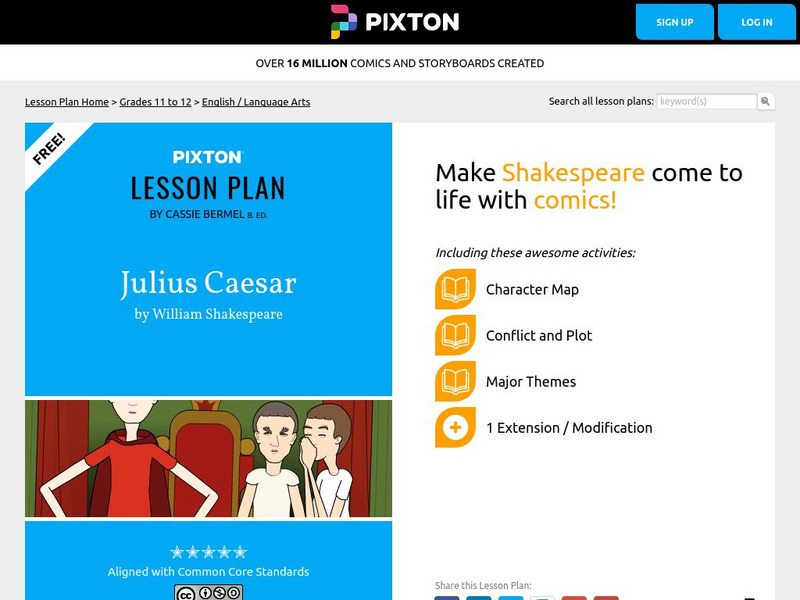Read Works
Read Works: What's in a Name?
[Free Registration/Login Required] A literary text about a boy who didn't like his name and an ironic twist when he tried to change it. A question sheet is available to help students build skills in reading comprehension.
Read Works
Read Works: April Fool's Day
[Free Registration/Login Required] An acrostic poem about April Fool's Day. A question sheet is available to help students build skills in reading comprehension.
Read Works
Read Works: If
[Free Registration/Login Required] A poem called "If" by Rudyard Kipling. A question sheet is available to help students build skills in reading comprehension.
OpenStax
Open Stax: Catherine Schmidt Jones: Theme and Motif in Music
Explore a set of activities covering motif, opera motif, and melodic themes and movies. Several ideas and procedures are listed to help you teach this musical concept to your students.
Tom Richey
Slide Share: Finding Themes in Literature
A slide show with forty slides with explanations, examples, and information on how to determine the theme of a text. RL.9-10.2 and RL.11-12.2 Analyzing Theme.
Utah Education Network
Uen: 1st Grade Act. 11: Fairy Tale Riddles & Puppet Shows
During this multi-day unit, students will engage in segmentation and blending skills. Students will work with fairy tales and include them into a puppet show.
Sophia Learning
Sophia: Selecting Topics for Literary Analysis
A series of three PDF documents providing definitions of commonly used terms when preparing to write a literary analysis, explaining how to comment on a literary text, and demonstrating the process of analyzing the literary text "Hills...
Sophia Learning
Sophia: Analyzing the Author
A slideshow with ten slides that discusses the difference between a subject and a theme and gives several examples of each found within a variety of popular classical and modern texts.
Read Works
Read Works: Theme 3rd Grade Unit
[Free Registration/Login Required] This site provides a series of three lesson plans designed to teach young scholars to identify and support the theme of a fable and a fiction selection based on main idea and supporting details. Lessons...
Annenberg Foundation
Annenberg Learner: Interactives: Literature: What Makes a Good Short Story?
This interactive exhibit takes learners on a literary journey through the classic short story.
Read Works
Read Works: Grade 2: Two Lesson Unit: Theme
[Free Registration/Login Required] A set of two lesson plans designed to teach students to use story elements to identify theme and to match a given theme to a story. Lessons are based on the book Aesop's Fables by Jerry Pinkney....
Read Works
Read Works: Fourth Grade: Two Lesson Unit: Theme
[Free Registration/Login Required] A two-lesson unit on theme where students use the books Indian Children's Favourite Stories by Ranjan Somaiah and Filipino Children's Favorite Stories by Joanne de Leon to examine universal themes...
Read Works
Read Works: Fifth Grade: Five Lesson Unit: Leaf by Leaf: Autumn Poems
[Free Registration/Login Required] A five lesson poetry unit focusing on main idea, tone, theme, author's purpose, and figurative language in poetry. Texts must be provided by the teacher, but handouts that go along with the lesson are...
Sophia Learning
Sophia: Common Themes
This slideshow tutorial focuses on theme. It defines the term and then explains each of 10 common themes in literature and provides examples: good vs. evil, the journey, coming of age, the role of fate, sacrifice, overcoming adversity,...
Utah Education Network
Uen: The Cinderella Projects
Students will compare and contrast various versions of Cinderella in the mini-unit. Students will engage in shared readings, an art project, and dramatic play during the unit.
Polk Brothers Foundation Center for Urban Education at DePaul University
De Paul University: Center for Urban Education: The Red Apples [Pdf]
"The Red Apples" is a one-page, fictional, reading passage about a little girl who wants to buy an apple for her sick mother but has no money. She returns a wallet when a man dropped it; he gives her a dollar. The store owner gave her an...
Yale University
Yale National Initiative:take a Stab at It: Exploring Character in Julius Caesar
This curriculum unit guides students in a deep investigation of the characters in The Tragedy of Julius Caesar, and in developing an appreciation of Shakespeare's talent for language and his insightful understanding of human...
Texas Education Agency
Texas Gateway: Compare and Contrast Similar Themes Across Time Periods
Compare and contrast similar themes from different genres and different time periods.
Other
Pixton: Julius Caesar by William Shakespeare
This lesson on The Tragedy of Julius Caesar is available with a free trial registration. Students use the provided illustrated characters and props to explore character, plot, and theme.
Lumen Learning
Lumen: Reading and Interpreting Literary Texts: How to Analyze a Short Story
This lesson focuses on analyzing a short story including all of the elements of a short story such as setting, plot and structure, and characterization.
CommonLit
Common Lit: Walking for My Life
CommonLit.org is a wonderful resource to use in a Language Arts classroom. Each story or article is accompanied by guided reading questions, assessment questions, and discussion questions. In addition, students can click on words to see...
CommonLit
Common Lit: A Cave That Talked
CommonLit.org is a wonderful resource to use in a Language Arts classroom. Each story or article is accompanied by guided reading questions, assessment questions, and discussion questions. In addition, students can click on words to see...
CommonLit
Common Lit: Everella's Want
CommonLit.org is a wonderful resource to use in a Language Arts classroom. Each story or article is accompanied by guided reading questions, assessment questions, and discussion questions. In addition, students can click on words to see...
CommonLit
Common Lit: Why the Sky Is Far Away
CommonLit.org is a wonderful resource to use in a Language Arts classroom. Each story or article is accompanied by guided reading questions, assessment questions, and discussion questions. In addition, students can click on words to see...





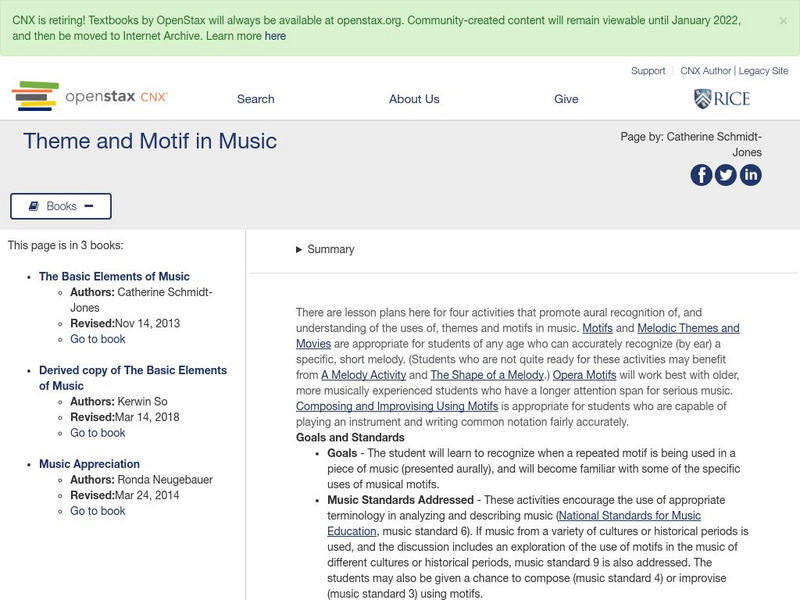
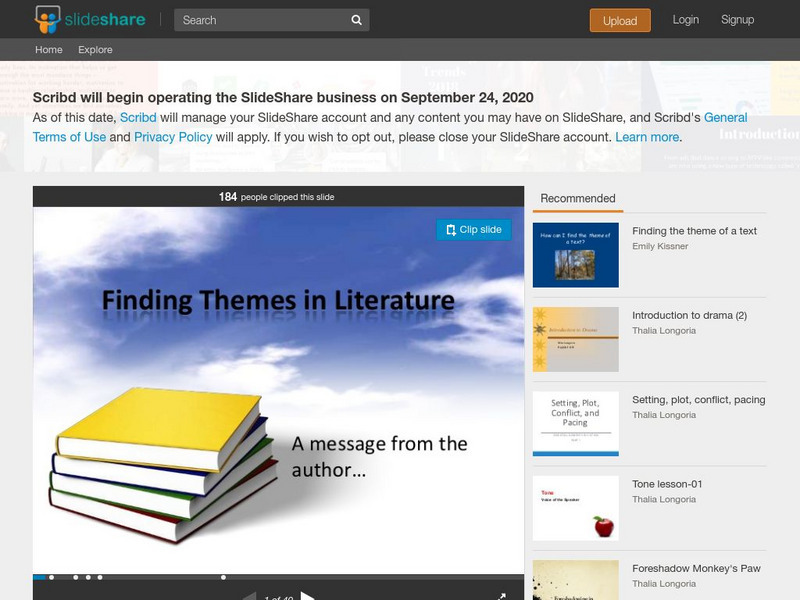
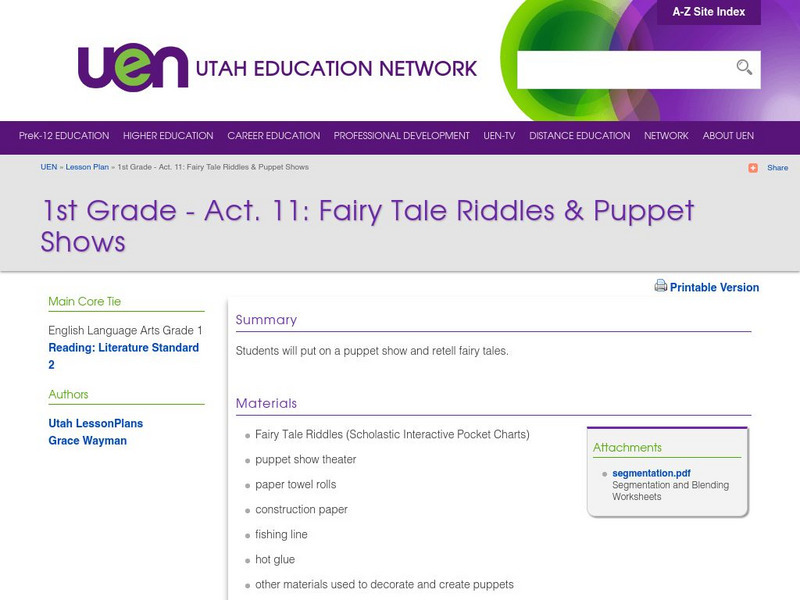


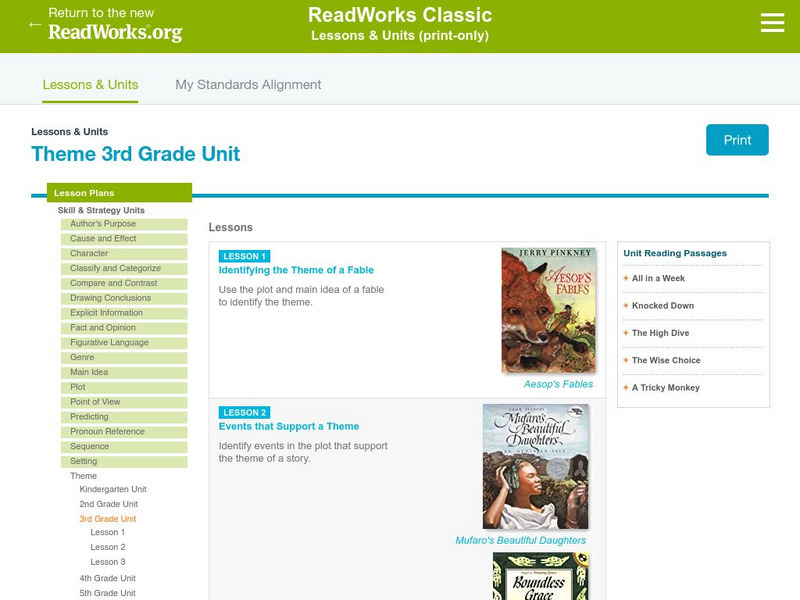



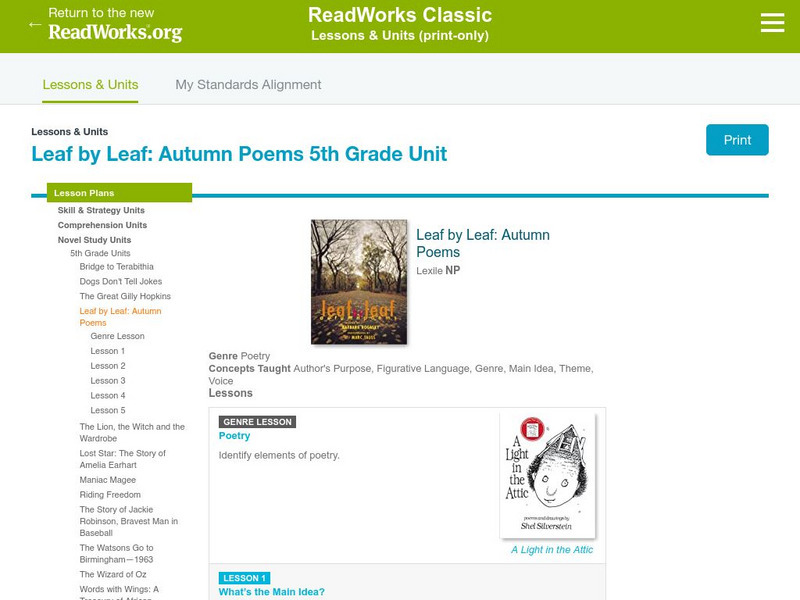


![De Paul University: Center for Urban Education: The Red Apples [Pdf] Unit Plan De Paul University: Center for Urban Education: The Red Apples [Pdf] Unit Plan](https://d15y2dacu3jp90.cloudfront.net/images/attachment_defaults/resource/large/FPO-knovation.png)

